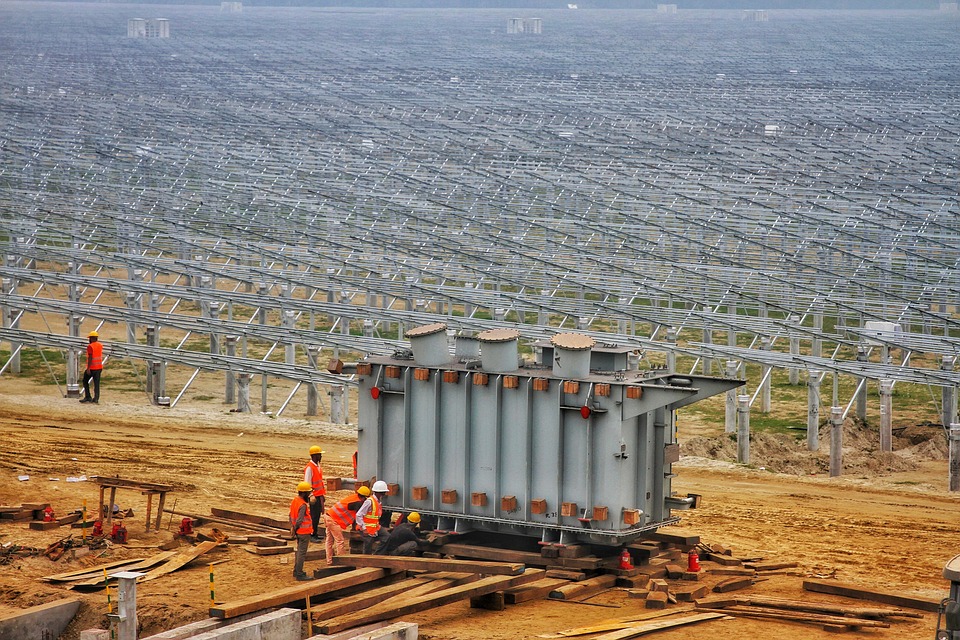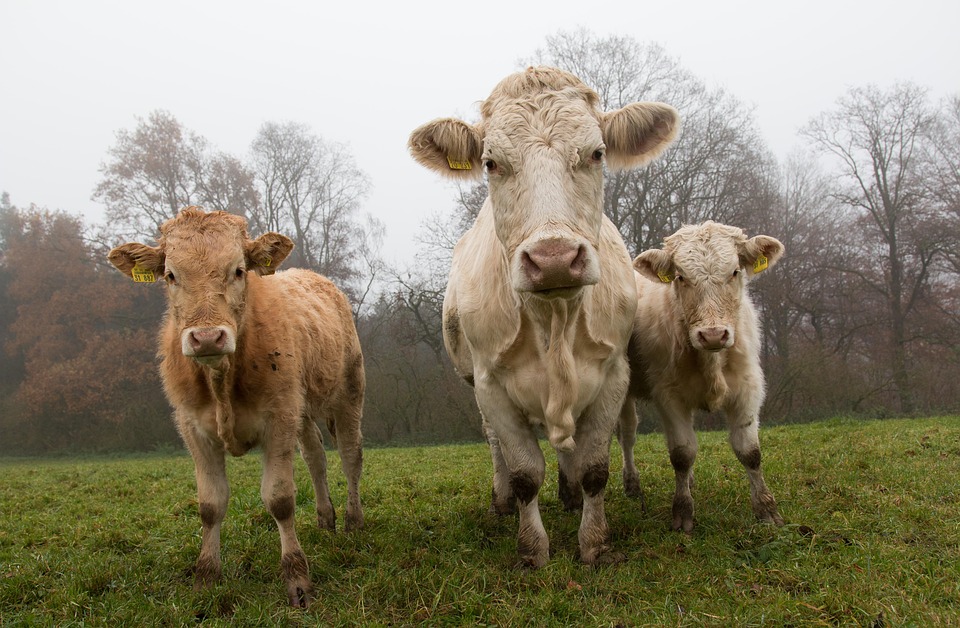Why Consumers Should Support Sustainable Farming
# Why Consumers Should Support Sustainable Farming Picture this: You wake up to the soft glow of the morning sun, the earthy scent of rich soil wafting through the air. After a comforting breakfast of freshly picked tomatoes and herbs from the garden, you head out to gather your daily harvest. The joy of nurturing plants, knowing they thrive without harmful pesticides, fills your heart with satisfaction. This is what sustainable farming is all about—harmony between nature and nourishment. But why should you, as a consumer, genuinely care about supporting this holistic approach to agriculture? Let’s dive in! ## The Nuts and Bolts of Sustainable Farming Sustainable farming is not just a trendy buzzword; it’s a comprehensive practice focused on environmental health, economic profitability, and social equity. It prioritizes methods that maintain soil fertility, rely on natural pest control, and utilize renewable resources. This form of agriculture touches every part of our ecosystem, and its benefits are far-reaching. ### Healthier Food for Healthier Lives One of the most significant advantages of sustainable farming is the impact it has on food quality. Conventionally grown crops often come laden with synthetic pesticides and fertilizers, leaving residues on the food we consume. Conversely, sustainably grown crops are nurtured in organic ways, leading to foods that are not only fresher but also richer in nutrients. Studies have shown that organic foods can contain higher amounts of vitamins, minerals, and antioxidants. Supporting sustainable farming means you’re also supporting your family’s health. ### Environmental Impact: Better for the Planet Adopting sustainable farming practices significantly reduces the carbon footprint. Traditional farming contributes large amounts of greenhouse gases through chemical fertilizers and fossil fuel-powered machinery. In contrast, sustainable farms employ crop rotations, cover crops, and organic fertilizers that enrich the soil without the environmental toll. This reduced reliance on fossil fuels can mitigate climate change and promote biodiversity, ultimately benefiting all living beings on the planet. ### Strengthening Local Economies When consumers choose to support local sustainable farmers, they are investing in their communities. Buying from local farms keeps money circulating within the local economy, creating jobs and promoting community resilience. Furthermore, locally grown food doesn’t require long transport times, contributing to lower emissions and fresher produce. This investment also encourages more farmers to adopt sustainable practices, bolstering the regional ecosystem. ### Preservation of Biodiversity Sustainable farming aims to cultivate diverse crops rather than monocultures, which can deplete soil nutrients and invite pests. By supporting sustainable farms that emphasize biodiversity—growing a variety of fruits, vegetables, and grains—you are taking a stand against the extinction of countless plant and animal species. This diversity attracts beneficial insects and wildlife, which can aid in pollination and natural pest management. ### Empowering Small Farmers Many sustainable farms are smaller operations that prioritize ethical practices over profit margins. By purchasing from these farms, you are empowering small-scale farmers who prioritize quality over quantity and pay fair wages to their workers. This support helps a new generation of farmers embrace sustainable practices, ensuring that the values we care about are passed down through the ages. ## Pro Tips for Supporting Sustainable Farming Now that you’re on board with the idea, here are some practical tips on how to support sustainable farming in your community. 1. **Buy Local and Seasonal**: Check local farmers’ markets to find seasonal produce. This not only ensures fresher food but also supports local growers. 2. **Join a CSA**: Community Supported Agriculture (CSA) programs allow you to buy directly from farmers. You pay upfront for a season’s worth of produce, ensuring that farmers have the resources they need to cultivate their crops. 3. **Educate Yourself**: Read up on sustainable practices, and don’t hesitate to ask questions at the market. Understanding the methods behind the food can deepen your appreciation for it. 4. **Grow Your Own**: Whether it’s a small window garden or an expansive backyard, growing your own herbs, vegetables, and fruits can be rewarding. Not only does it cut down on your carbon footprint, but it also allows you to put sustainable practices into action. 5. **Advocate for Change**: Use your voice to support initiatives that promote sustainable farming. Engaging with local governments or advocacy groups can cause ripples of change in agricultural policy. 6. **Swap with Friends**: Organize a food swap with friends and neighbors. Share your growing surplus while enjoying a wider variety of seasonal produce. 7. **Cook with Intention**: Meal prepping with seasonal produce not only reduces food waste but also highlights the importance of supporting local farmers. ## Conclusion: The Ripple Effect of Your Choices Every choice you make as a consumer has an impact, from the food on your plate to the well-being of the planet. Supporting sustainable farming isn’t just an act; it’s part of a lifestyle. It’s an investment in your health, local economies, biodiversity, and the planet’s future. As you become more conscious of where your food comes from, you’ll likely find yourself more connected to the earth and its bounty. So, next time you’re at the grocery store or farmer’s market, remember the power you hold. Your choices can encourage others to consider where their food is sourced, fostering a community that prioritizes sustainable practices. By supporting sustainable farmers, you’re not just buying food; you are participating in a movement toward a healthier, more equitable, and thriving planet. Let’s keep the conversation going—share your experiences, and let’s inspire more consumers to join this sustainable journey!










